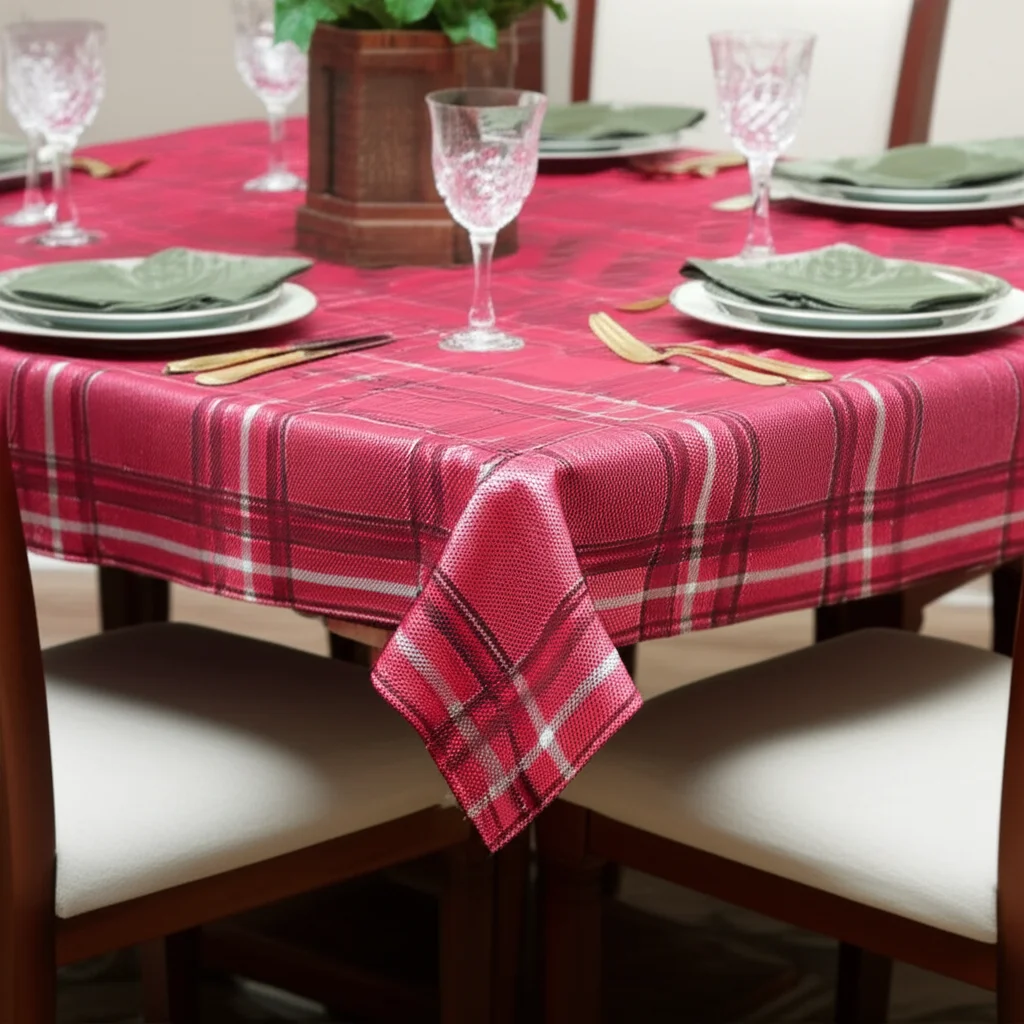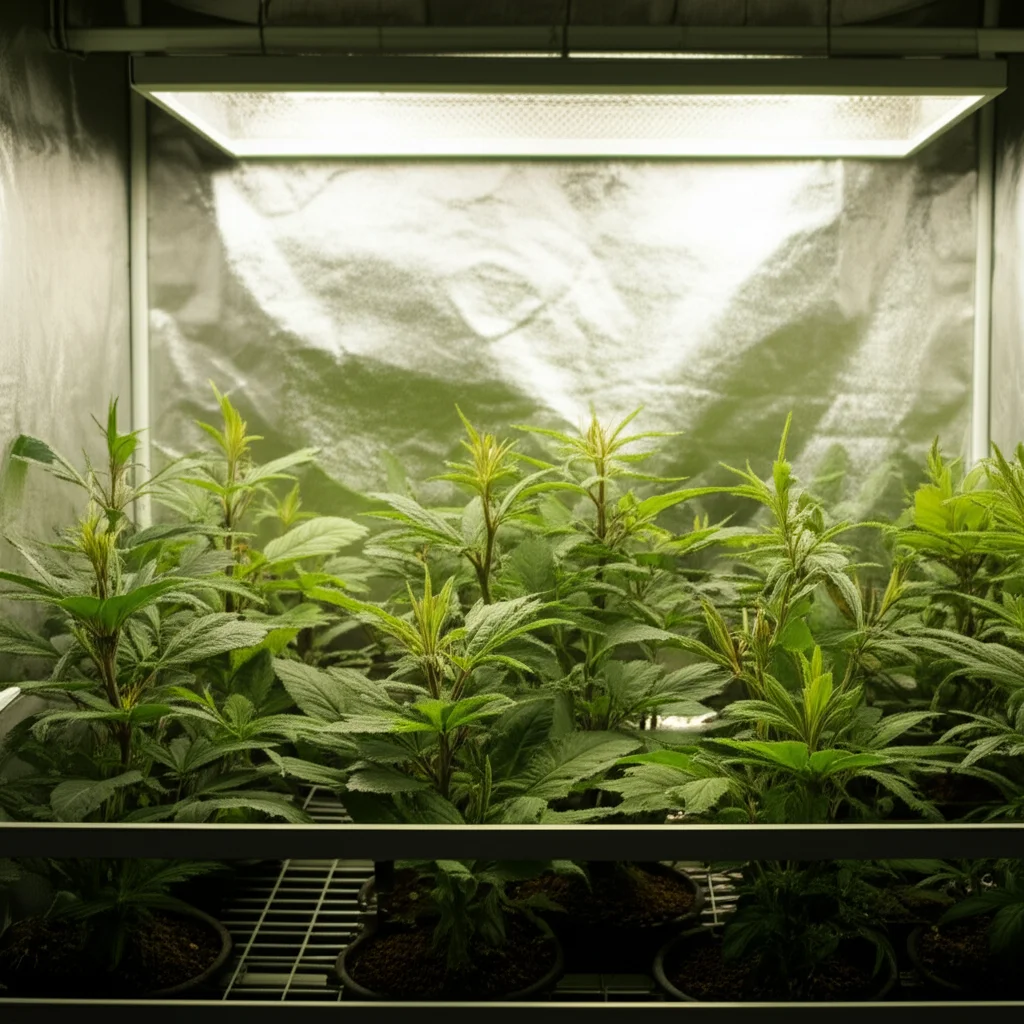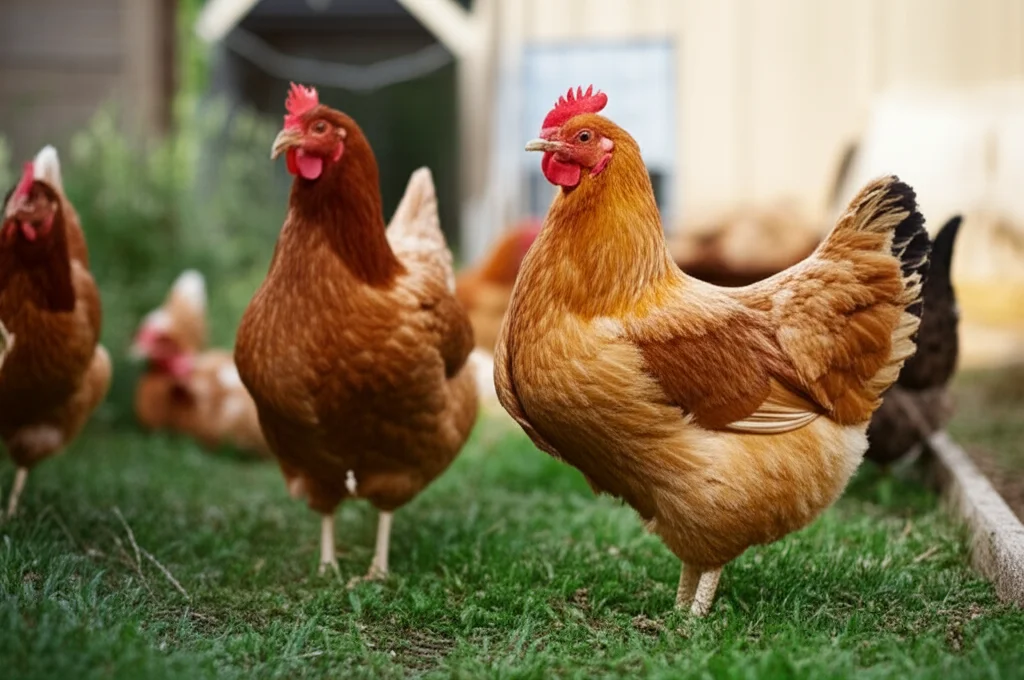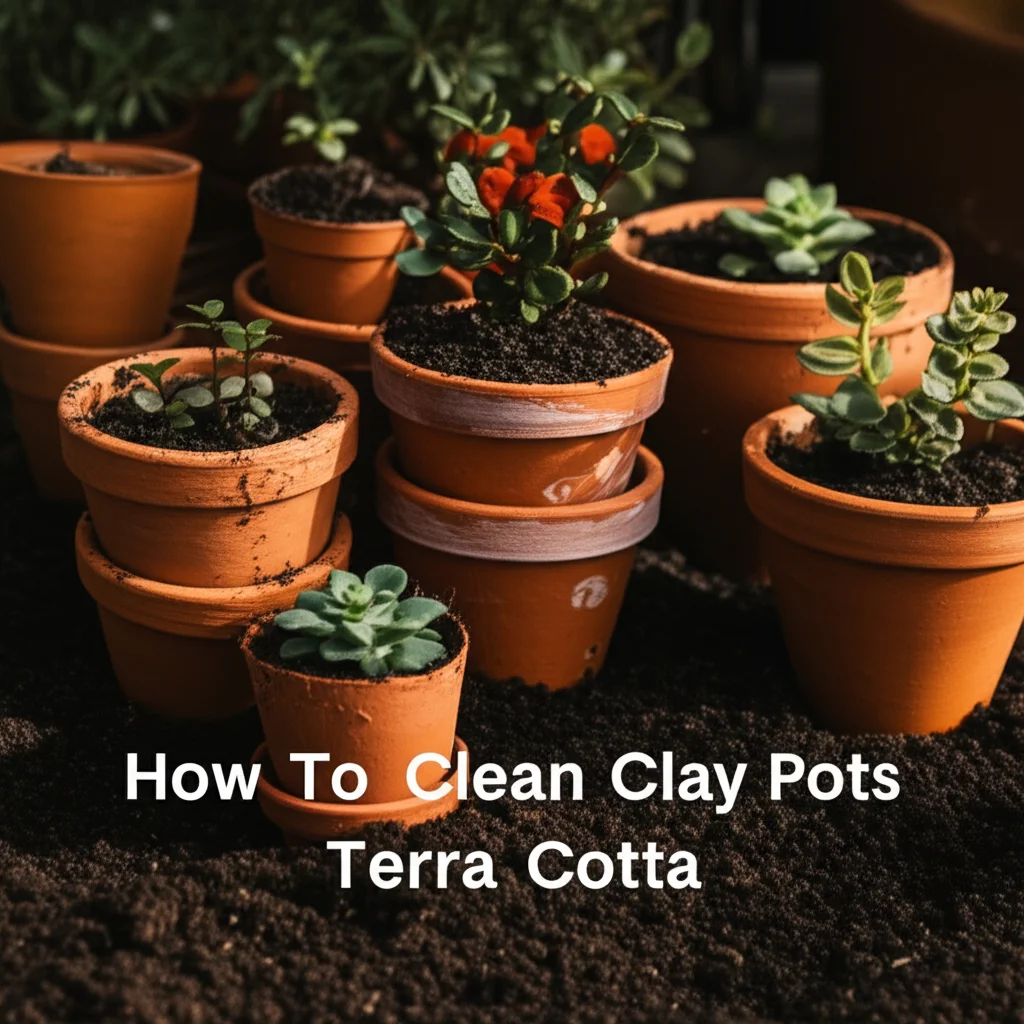· Todd Martin · Home & Garden · 17 min read
How To Identify Antique Persian Rugs
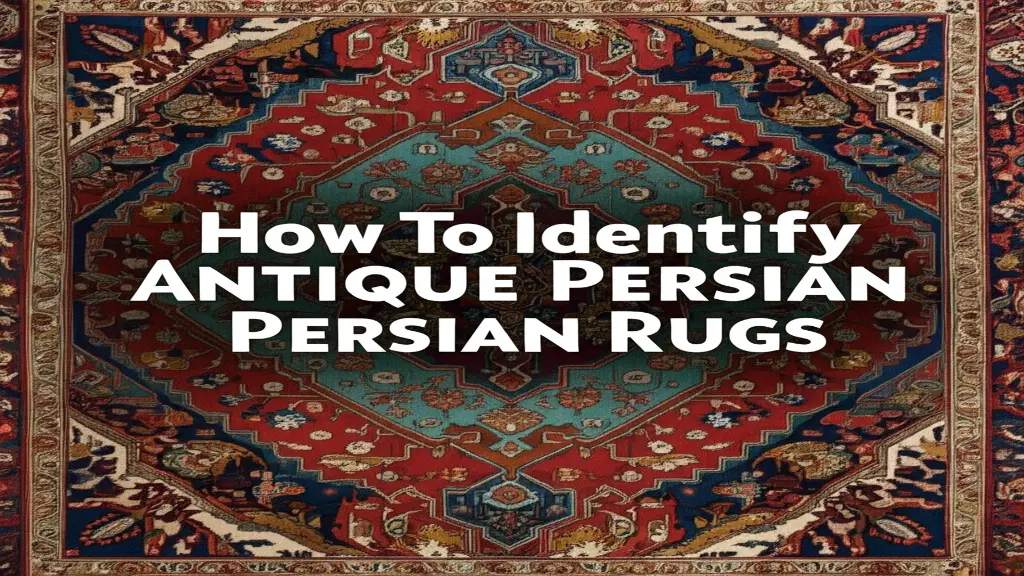
How to Identify Antique Persian Rugs: Expert Guide with Authentication Tips
Stepping into the world of antique Persian rugs is like opening a doorway to centuries of artistic tradition and cultural heritage. These exquisite floor coverings aren’t just decorative pieces; they’re historical artifacts that tell stories through their intricate patterns, unique materials, and masterful techniques.
Whether you’re a collector, decorator, or simply an admirer of fine craftsmanship, knowing how to identify antique Persian rugs can help you appreciate their value and ensure you’re investing in an authentic piece.
In this comprehensive guide, we’ll explore the key characteristics, regional patterns, and authentication methods that experts use to distinguish genuine antique Persian rugs from modern reproductions.
Key Takeaways:
- Look for natural dyes, hand-knotting, and signs of age to identify antique Persian rugs
- Examine the knot density, material quality, and pattern symmetry for authenticity
- Regional patterns help identify the rug’s origin (Tabriz, Isfahan, Kashan, etc.)
- Genuine antique Persian rugs will show natural wear patterns and patina
- Professional appraisal is recommended for valuable or investment-grade rugs
In short: Authentic antique Persian rugs can be identified by examining their materials, construction techniques, knot density, pattern characteristics, and age indicators such as natural wear patterns, color variations, and patina development on the rug’s surface.
Understanding Persian Rug Origins and History
Persian rugs originate from modern-day Iran (formerly Persia) and have a rich history dating back over 2,500 years. The art of Persian rug making reached its golden age during the Safavid Dynasty (1501-1736), when royal workshops produced some of the most magnificent pieces in history. These rugs weren’t merely floor coverings but expressions of artistic achievement, cultural identity, and social status.
Traditionally, Persian rugs were handcrafted in villages, towns, and nomadic communities, each developing distinctive styles that reflected local influences, available materials, and weaving techniques. Major rug-producing regions include Isfahan, Tabriz, Kashan, Kerman, Nain, and Qom, among others. Each region developed its own signature patterns, color palettes, and weaving methods that experts can recognize today.
Understanding this historical context is crucial for identifying antique Persian rugs, as many characteristics directly relate to when and where a rug was made. A true antique Persian rug must be at least 80-100 years old, with the most valuable pieces often dating back several centuries.
The materials, dyes, and weaving techniques used in antique Persian rugs reflect traditional methods passed down through generations, which differ significantly from modern manufacturing processes. This knowledge forms the foundation for distinguishing authentic antiques from newer productions or imitations.
Examining Materials and Construction Techniques
Materials
The materials used in a Persian rug provide significant clues about its authenticity and age. Antique Persian rugs typically feature:
- Foundation: Genuine antique Persian rugs use cotton or silk for the warp (vertical threads) and weft (horizontal threads), with wool being common in older tribal rugs. Modern machine-made rugs often incorporate synthetic materials.
- Pile: The visible surface of antique Persian rugs is predominantly crafted from high-quality wool, though silk may be incorporated in premium pieces. The wool should feel soft yet resilient, with a natural luster that synthetic fibers cannot replicate.
- Silk Elements: When present in antique rugs, silk appears luminous and changes appearance when viewed from different angles. Artificial silk (mercerized cotton or rayon) in newer rugs lacks this natural characteristic.
Construction Techniques
How a rug is constructed reveals much about its authenticity:
- Hand-Knotting: Authentic antique Persian rugs are hand-knotted, with individual knots tied around warp threads. Turn the rug over to examine the back—you should see the knots individually, creating a pattern that mirrors the front design, though slightly less defined.
- Knot Types: Persian rugs typically use asymmetrical (Senneh/Persian) knots, while Turkish rugs use symmetrical (Ghiordes/Turkish) knots. The knot type can help identify the rug’s origin.
- Knot Density: Measured in knots per square inch (KPSI), antique Persian rugs may range from 16 KPSI in tribal pieces to over 500 KPSI in fine city rugs. Higher knot counts generally indicate superior quality and allow for more intricate designs.
- Weave Irregularities: Hand-knotted antique rugs show slight irregularities in shape, size, and pattern. Perfect symmetry often indicates machine production.
To verify hand-knotting, check the underside of the rug. Machine-made rugs have uniform, mechanically precise knots and often show backing material. In contrast, hand-knotted rugs display slightly irregular knots with variations that reveal the weaver’s handwork—a characteristic that adds to their charm and authenticity.
Identifying Regional Patterns and Designs
One of the most fascinating aspects of how to identify antique Persian rugs is recognizing the distinctive regional patterns that serve as signatures of their origin. These patterns evolved over centuries and remain key identifiers for experts.
Tabriz Rugs
Tabriz rugs from northwestern Iran typically feature central medallions with elaborate floral motifs and curved lines. Their palettes often include rich reds, blues, and ivory. Antique Tabriz rugs are known for their exceptional craftsmanship and fine detail, with designs that may incorporate hunting scenes or historical narratives.
Isfahan Rugs
Isfahan pieces are renowned for their symmetrical designs, sophisticated patterns, and extraordinarily fine weaving. Classical antique Isfahan rugs feature a central medallion with pendants and corner pieces (quarter medallions), executed with remarkable precision. Their color palette tends toward softer blues, creams, and burgundy.
Kashan Rugs
Kashan rugs are celebrated for their central medallion designs and rich color palettes dominated by deep reds and blues. Antique Kashan pieces often feature intricate floral patterns with a high knot density. The wool used in antique Kashan rugs has a distinctive silky quality that connoisseurs recognize.
Heriz/Serapi Rugs
From northwestern Iran, these rugs feature bold geometric designs with large medallions and angular ornaments. Antique Heriz rugs have a more spacious, tribal look compared to formal city rugs, with distinctive brick red, navy blue, and rust colors. Their weave is typically coarser but extremely durable.
Kerman Rugs
Kerman rugs from southeastern Iran are known for their detailed floral patterns and pictorial designs. Antique Kerman pieces often display vase motifs, garden scenes, or detailed landscape elements with a broader color palette that includes rose tones, greens, and yellows not commonly found in other Persian rugs.
Tribal Designs
Rugs from nomadic tribes (Bakhtiari, Qashqai, Kurdish) feature more geometric, less formal designs with bold colors and cultural symbols. These antique tribal rugs often have lower knot counts but possess an authentic character that collectors prize.
Understanding these regional characteristics can help you identify a rug’s origin and potential age. Many collectors and enthusiasts begin their journey by learning to recognize these distinctive regional signatures before moving on to more detailed authentication methods.
Authenticating Age: Key Indicators of Antique Status
Determining whether a Persian rug is genuinely antique requires careful examination of several age indicators. Here’s how experts authenticate the age of Persian rugs:
Color Patina and Fading
- Natural Dyes: Antique Persian rugs used natural vegetable and insect dyes that age beautifully, developing a harmonious patina over time. Look for subtle color variations within the same color field—these “abrash” effects occur naturally with hand-dyeing and are difficult to replicate artificially.
- Color Migration: Genuine antiques often show slight bleeding of darker colors into lighter areas due to centuries of natural dye interaction.
- Fading Patterns: Authentic antique rugs develop distinctive fading patterns that reflect their use history. Areas exposed to more foot traffic or sunlight will show more wear than protected areas under furniture.
Physical Wear Characteristics
- Pile Height: Antique rugs typically show uneven pile height, with high-traffic areas worn lower than others. This natural wear pattern develops over decades and cannot be accurately replicated in artificially distressed newer rugs.
- Foundation Exposure: In genuinely old rugs, the pile may wear down in places to reveal the foundation threads beneath—particularly along central walking paths or areas of heavier use.
- Edge and End Wear: Examine the sides (selvages) and ends (fringes) of the rug. Antique rugs often show repairs or reinforcement in these areas, as they’re typically the first to deteriorate.
Structural Evidence
- Repairs and Restoration: Most authentic antique rugs have undergone some restoration during their lifetime. Look for subtle color differences in repaired areas or slight variations in knot technique.
- Backing Character: The back of an antique rug develops a distinctive patina, becoming softer and more supple with age. New rugs have a stiffer hand feel.
- Foundation Darkening: Cotton and wool foundations in genuine antiques darken over time, developing a yellowed or ivory tone rather than remaining bright white.
Chemical Testing (Professional)
For valuable pieces, experts may perform:
- Dye Analysis: Testing to determine if natural or synthetic dyes were used
- Carbon Dating: For extremely valuable museum-quality pieces
- Fiber Examination: Microscopic analysis of fiber characteristics
Remember that no single factor definitively proves a rug’s age—authentication requires evaluation of multiple characteristics in combination. When considering an important purchase, consulting with a professional appraiser who specializes in antique rugs is always recommended.
Distinguishing Handmade from Machine-Made Rugs
One crucial step in identifying authentic antique Persian rugs is distinguishing genuinely handmade pieces from machine-made imitations. Here’s how to tell the difference:
Examine the Back of the Rug
The reverse side of a rug often reveals more about its authenticity than the front:
- Pattern Visibility: On hand-knotted antique Persian rugs, the pattern is clearly visible on the back, mirroring the front design (though slightly less defined). Machine-made rugs often have a canvas backing that obscures the pattern.
- Knot Structure: Flip the rug over and look closely at the knots. In hand-knotted rugs, you’ll see thousands of individual knots, each slightly different from the next. Machine-made rugs show perfectly uniform knots with mechanical precision.
- Fringe Connection: In authentic handmade rugs, fringes are extensions of the foundation warps—they emerge naturally from the body of the rug. In machine-made imitations, fringes are typically sewn on after manufacturing.
Structural Indicators
- Edge Finishing (Selvage): Hand-knotted Persian rugs have selvages (side edges) that are wrapped with wool or cotton threads in a technique called “overcasting.” Machine-made rugs often have edges that are serged or bound with machine stitching.
- Thickness Consistency: Hand-knotted rugs may vary slightly in thickness across their surface. Machine-made rugs maintain perfect thickness throughout.
- Flexibility Test: Bend the rug gently—hand-knotted rugs are more flexible and will fold easily without cracking. Machine-made rugs tend to be stiffer and may show stress lines when folded.
Design Characteristics
- Design Imperfections: Authentic handmade rugs contain charming “imperfections”—slight variations in color, pattern, or shape that reflect their handcrafted nature. These aren’t flaws but evidence of human craftsmanship.
- Design Bleeding: Examine where colors meet. In hand-knotted rugs, colors may slightly bleed into adjacent areas, especially with natural dyes. Machine-made rugs show precise color boundaries.
- Pattern Perspective: From the front, a hand-knotted rug’s pile leans in the direction it was knotted, causing the colors to appear different when viewed from various angles (similar to velvet). Machine-made rugs lack this directional character.
Remember that not all handmade rugs are antique—many beautiful handmade Persian rugs are produced today. However, a machine-made rug is definitively not an antique Persian rug. Learning to distinguish between handmade and machine-made is the first step in authentication, after which age determination becomes the focus.
Evaluating Color and Dye Characteristics
The colors and dyes used in a Persian rug provide crucial clues about its authenticity and age. Understanding dye characteristics is essential when learning how to tell if a Persian rug is authentic.
Natural vs. Synthetic Dyes
- Natural Dyes (Pre-1870s): Authentic antique Persian rugs made before the 1870s exclusively used natural dyes derived from plants, insects, and minerals. These include indigo (blue), madder root (red), pomegranate (yellow), walnut husks (brown), and cochineal insects (crimson).
- Early Synthetic Dyes (1870s-1920s): The late 19th century saw the introduction of early aniline dyes, which often appear harsh and may have faded unevenly or completely over time. Rugs from this transitional period may contain both natural and early synthetic dyes.
- Modern Synthetic Dyes: Contemporary rugs typically use chrome-based or modern synthetic dyes that appear more uniform and vibrant than natural dyes. These colors lack the subtle variations found in natural dyes.
Characteristics of Natural Dyes
- Color Variation (Abrash): Natural dyes create subtle variations within color fields—a characteristic called “abrash.” This occurs because each dye batch differs slightly, creating gentle color shifts across the rug that synthetic dyes rarely replicate.
- Color Depth: Natural dyes penetrate wool fibers differently than synthetics, creating a rich, dimensional quality. When examining closely, naturally dyed wool shows color variation even within individual fibers.
- Aging Characteristics: Natural dyes mellow beautifully with age, developing a harmonious patina rather than fading to a completely different shade (as some early synthetic dyes did).
Color Test Methods
Experts may use several methods to evaluate dyes:
- Light Test: Examine the rug in natural daylight—artificially dyed rugs often appear differently under natural light versus artificial lighting.
- Wet Test (Professional): A dampened white cloth pressed firmly against the pile may pick up color transfer from unstable dyes, which is more common with certain synthetic dyes.
- Fiber Examination: Under magnification, naturally dyed fibers show more variation in color penetration compared to the uniform saturation of synthetic dyes.
Color Palette Analysis
Different periods in Persian rug production favored different color palettes:
- Pre-1800s: Limited palette dominated by rich reds, blues, ivory, and yellow-gold
- 19th Century: Expanded range including salmon pinks, greens, and more varied shades
- Early 20th Century: Broader palette including rose tones, lighter blues, and more pastel shades
- Modern Production: Often features very bright or trendy colors not found in antique pieces
The color palette alone isn’t definitive proof of age, but it provides important contextual evidence when combined with other authentication factors. A rug claiming to be from the 18th century but featuring colors only available after 1900 would immediately raise questions about its authenticity.
Professional Authentication and Appraisal
While developing your own ability to identify a Kashan rug or other Persian varieties is valuable, professional authentication becomes essential for significant purchases or insurance purposes. Here’s what to know about seeking expert evaluation:
When to Consult a Professional
Consider professional authentication and appraisal:
- Before making a substantial investment in an antique Persian rug
- When insuring valuable pieces in your collection
- Before restoration work that might affect value
- When planning to sell an inherited or collected piece
- If you suspect you own a rare or particularly valuable specimen
What Professional Appraisers Evaluate
Expert appraisers examine multiple factors simultaneously:
- Age Determination: Using all visual and tactile clues, plus historical knowledge
- Origin Authentication: Precise identification of weaving region and cultural context
- Condition Assessment: Detailed evaluation of wear, repairs, and structural integrity
- Rarity Evaluation: How uncommon the piece is in terms of design, size, and provenance
- Market Value Estimation: Current fair market value based on recent comparable sales
Finding Qualified Experts
Not all rug dealers or appraisers have specific expertise in antique Persian rugs. Seek:
- Certified appraisers with specific training in Oriental rugs
- Specialists affiliated with major auction houses (Christie’s, Sotheby’s, Bonhams)
- Members of professional organizations like the International Society of Appraisers or American Society of Appraisers
- Museum curators specializing in textile arts or Islamic art
- Established dealers with generational experience in Persian rugs
Documentation to Request
A professional appraisal should provide:
- Detailed written description of the rug
- Origin determination (region and if possible, workshop or tribal group)
- Age estimation (general period, not usually specific year)
- Condition report highlighting strengths and concerns
- Market value assessment
- Authentication certificate (for significant pieces)
- High-quality photographs documenting the rug
Cost Considerations
Professional appraisal fees vary based on:
- The appraiser’s expertise and reputation
- The complexity of the evaluation
- The purpose of the appraisal (insurance, sale, donation)
- Whether physical inspection or just photo review is performed
Expect to pay $300-$800 for a thorough professional appraisal of a significant piece, though rates vary by location and the appraiser’s credentials. This investment becomes proportionally smaller compared to the rug’s value for important pieces.
Remember that authentication and valuation are separate (though related) processes. A rug may be authenticated as genuinely antique Persian without necessarily commanding a high market value if its condition, design, or size limit its appeal to collectors.
Common Questions About Antique Persian Rugs
How do I know if my Persian rug is antique?
A true antique Persian rug must be at least 80-100 years old. Look for signs of natural aging including patina development, natural dye characteristics, hand-knotting with slight irregularities, appropriate wear patterns, and foundation darkening. The materials, colors, and patterns should be consistent with the historical period the rug allegedly comes from. Professional authentication is recommended for valuable pieces or if you’re uncertain.
How to tell the age of a Persian rug?
Age indicators include the types of dyes used (natural vs. synthetic), wear patterns consistent with decades of use, foundation fiber oxidation, selvage and fringe condition, knot structure, and design characteristics typical of specific periods. Color palette can also help date a rug, as certain colors were only available during specific eras. The back of the rug often provides clearer age indicators than the front, showing how the foundation has aged over time.
How to spot a fake Persian rug?
Signs of fake or misrepresented Persian rugs include machine-made construction (uniform knots, backing materials), synthetic fibers, artificially distressed areas, sewn-on fringes rather than integral warps, chemically treated coloring to simulate age, and patterns that don’t match authentic regional designs. Modern reproductions often have perfect symmetry lacking the charming “imperfections” of handmade pieces, and the back pattern appears too perfect and mechanical.
How can you tell if a rug is high quality?
High-quality Persian rugs—whether antique or modern—show superior craftsmanship through high knot density (more knots per square inch), fine materials (high-grade wool, silk, or cotton), color harmony, precise execution of complex patterns, good proportionality in design elements, and structural integrity. Premium rugs maintain consistent tension throughout, with even edges and well-executed corners. The pile should feel dense and resilient, and colors should transition harmoniously.
What determines the value of an antique Persian rug?
Value factors include age (older generally means more valuable), condition (some patina is expected, but significant damage reduces value), rarity of design or type, historical significance, provenance (documented history of ownership), artistic merit, materials quality, knot density, size (unusual sizes may command premium prices), and current market demand. Some regions’ rugs (Isfahan, Nain, Qom) traditionally command higher prices than others due to their exceptional craftsmanship and fine materials.
How should I care for my antique Persian rug?
Proper care includes regular gentle vacuuming (without beater bars), immediate attention to spills, professional cleaning every 3-5 years, rotating periodically to ensure even wear, keeping out of direct sunlight, using proper rug pads underneath, and addressing moth problems immediately. Avoid chemical spot cleaners, steam cleaning, or excessive shampooing, which can damage natural dyes and fibers. Professional cleaning by specialists in antique Oriental rugs is always recommended.
Can I use an antique Persian rug in high-traffic areas?
While many antique Persian rugs are remarkably durable (particularly tribal or village rugs with lower pile and sturdier construction), extremely valuable or fragile specimens are better displayed in lower-traffic areas. If using an antique rug in busy spaces, consider implementing protection methods such as rotating the rug periodically, using quality rug pads, and establishing household rules about shoes. Some robust antique rugs from regions like Heriz or Hamadan can withstand considerable foot traffic for generations when properly maintained.
Conclusion: The Enduring Appeal of Authentic Persian Rugs
Learning how to identify antique Persian rugs opens a window into a fascinating world where art, history, and craftsmanship intersect. These extraordinary textiles represent one of humanity’s oldest continuous artistic traditions—each knot tied by hand, each design element carefully considered, each color painstakingly created from natural sources. The authenticity that collectors and enthusiasts seek isn’t merely about monetary value; it’s about connecting with this rich cultural heritage.
The skills required to authenticate these magnificent pieces combine technical knowledge with aesthetic appreciation developed through experience. While this guide provides a foundation for identifying genuine antique Persian rugs, truly developing expertise requires handling many examples, studying museum pieces, consulting reference works, and perhaps most importantly, learning from established experts willing to share their knowledge.
Whether you’re a serious collector, an interior designer seeking statement pieces for clients, or simply someone who appreciates extraordinary craftsmanship, investing time in understanding authentic Persian rugs rewards you with deeper appreciation of these cultural treasures. An authentic antique Persian rug brings not only beauty to your home but also connects you to centuries of artistic tradition and human creativity.
For more specialized information on caring for your investment, consider exploring related topics such as how to clean fringe on Oriental rugs or how to hang a Persian rug on the wall for alternative display options. With proper authentication, care, and appreciation, these extraordinary pieces can continue to bring joy and cultural connection for generations to come.


